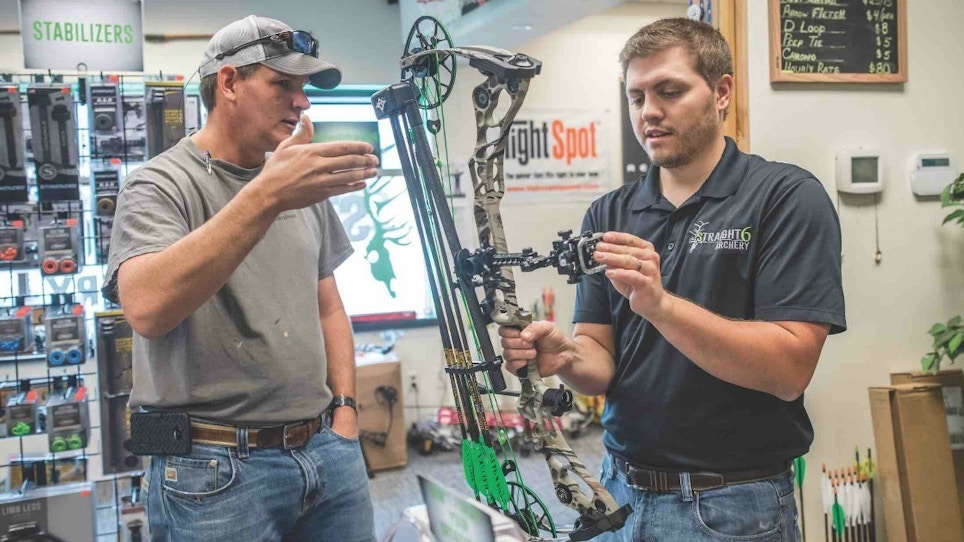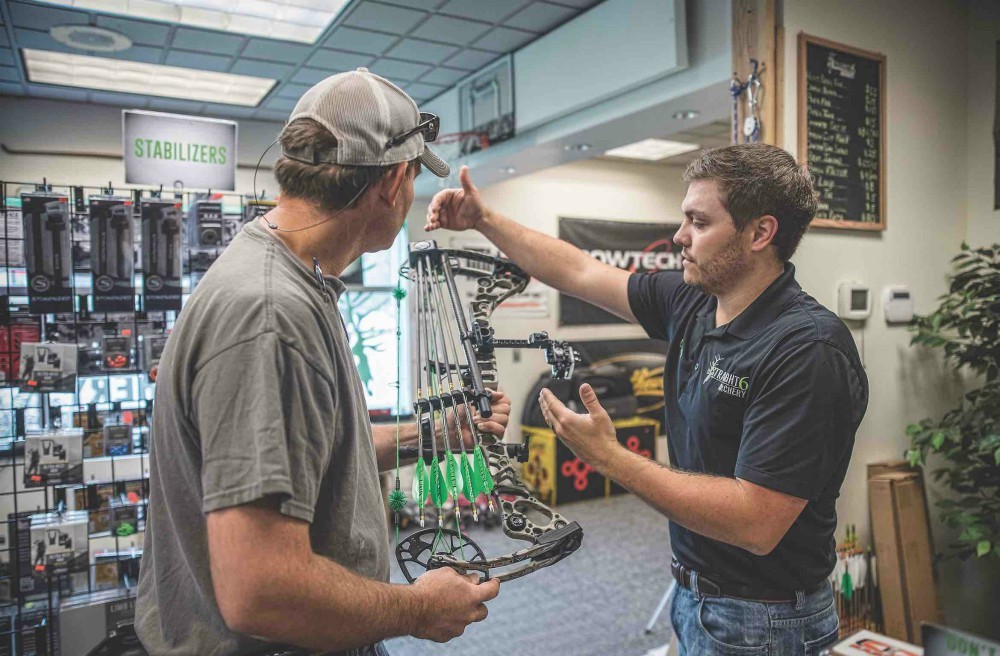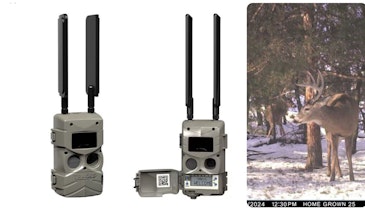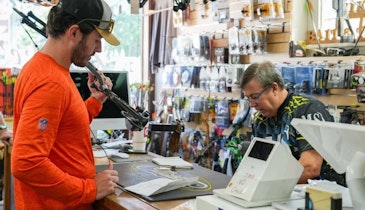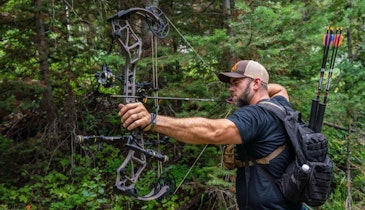A few years ago, I went on a journey, taking a new staff member to visit several archery retailers. She had significant retail experience, but no experience with archery. She had never shot before, although she grew up in a rural area and was often around it. I had been to every one of the retail stores we planned to visit, except one, because it was new. Having been in the industry well over 10 years by then, I’d seen hundreds of stores before. My intention was to be the teacher, explaining the wide variation in stores in the industry as well as to get her shooting. But, this road trip left a more lasting impression on me. It’s when I really learned how to listen and observe.
Before entering each store, I would give her a little background information and any past experiences with them. We’d first approach the owner or manager and I’d introduce my compadre (and myself, if we hadn’t met before) and describe our reason for the visit. All were glad to give a tour and provide brief descriptions about their approach to business. Occasionally, my coworker would join the conversation with a good general retail question or praise for something she’d admired, but mostly listened.
After exiting each location, I’d ask her to describe what she’d just seen and heard. She noticed things to which I’d stopped paying attention because my expectations had been set with hundreds of previous visits to stores around the country. I’d recognized after our first visit that our impressions were very different and I began to focus on listening more and taking lots of notes. I asked for clarification and additional description. From her insight into what “new” people might feel and think about each store, I began to review materials for the Retail Growth Initiative, Archery Trade Association’s retail education program with a fresh set of eyes. Here’s how you can repeat some of that process in your store.
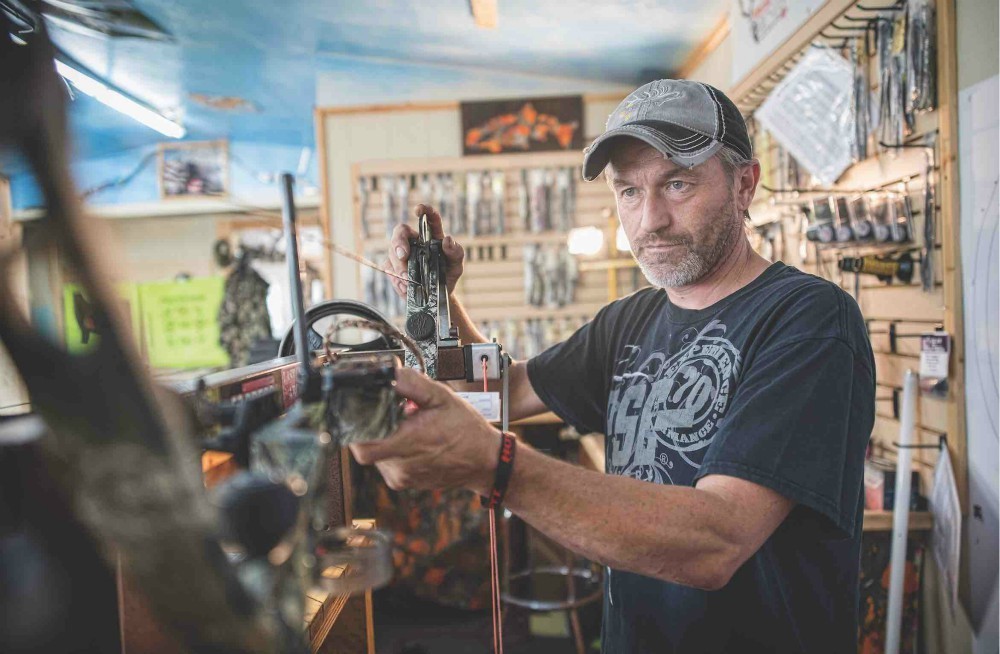
Building the Base Skills
If you want to learn how to listen and observe your customers better, there are a few behaviors you must possess.
Be self-aware: You need to be able to recognize when you’ve drifted off and are no longer paying attention. Notice your own movements, stopping points and general feelings as you shop. Be aware of the facial expressions and body language you exhibit. How do you interact with your favorite businesses; restaurants, sporting goods stores, grocery store, hardware or home improvement store? Once you understand yourself, you can better learn from others.
Be present: If you’re having a conversation with a customer, put the phone down. Don’t let others interrupt you and remove as many distractions as possible. Watch for facial expressions and other body language. Learn about the art of shared meaning; repeating back to make sure you’ve heard correctly and understand.
Be non-judgmental: Drop the thinking at the door. If you really want to listen and observe you have to do just that. No assumptions, pre-conceived ideas for what your customers or staff are saying/doing. If you have an internal dialogue about something they have done or said, that’s normal. Right it down if you have to, but then put it away. Try not to filter. If you already “know” you can suspend this entire exercise because you won’t learn anything.
Be curious: Practice the art of why. Why is the most confrontational question you can ask, so use caution. Make sure you’ve used this skill with close friends and family before approaching your customers. For example, “Why did you put that product back on the shelf?” is a little confrontational. Instead, say “I noticed you had that product in your hand and put it back. I am hoping to improve my product line and displays, so could you tell me why you put that back?” Most customers are willing to provide feedback if you give them the opportunity in a safe way. The cool thing about why, is if you keep asking, eventually you’ll get to the real reason and it might be far from their first answer, and be more likely to be the actual driver of the purchase. Ask why when listening and wonder why when observing. You should start seeing and hearing things you’ve never really heard or seen before. If not, you’re probably still missing one of the key ingredients mentioned earlier.
The Power of Observation
Looking at your store and customers from different angles simply provides an enhanced picture. A fuller picture provides greater insight into customer experience and potential opportunities. In James H. Gilmore’s book: Look: A Practical Guide for Improving Your Observation Skills, he outlines six “glasses” or ways to look.
I’ll be honest, I had a tough time getting through the book, but the point is that there are many ways to look. Everything from tiny details (magnifier looking) to scanning the horizon (binoculars looking) through to reflecting (blindfold looking).
However, like a pair of bifocals that I must often wear, you can’t observe everything at once. Therefore, its best to break down your “views” into smaller segments so you can truly see what is happening. Here are some areas of the store to observe.
- Parking lot/outside door/windows
- Just inside the door (the transition zone)
- Customer path of travel inside store
- Counter area
- Service area
- Each display
- Staff/customer interactions – note expressions, amount of time staff is talking vs listening, are there distractions
- Shooting range procedures
- Shooting range entrance/waiting area
- Signs
If you don’t have a security camera, consider one for this purpose. If you already have cameras installed and running, why not use them to improve service? Review a few days of tape for each area above. How are people moving? Where are they looking and at what level? What mood does the customer appear to be in and how does it change as they move? What body language are customers exhibiting? Are they comfortable or uncomfortable? Where are the stopping points? What made them stop? A good display or something in the way? Where are people spending their time (or moving right past)?
You can also do it yourself. However, make sure your biases aren’t affecting what you observe. Put a plan together where you spend short periods of time observing each area on the list. Make a map of the store so you can note movement and stopping points. Make notes on expressions and body language that might indicate how they feel at each moment. Note sign locations on each picture and notice how people behave; if they are seeing them, have to squint or don’t even seem to see one you thought was important.
Make sure to spread these observations over different times and days to develop a balanced perspective. Just setting aside 15-30 minutes each day focused on observations should uncover a few things about how to improve your business to better serve your customers. If you’re not seeing anything that needs to change, you’re not looking. No one has a perfect business.
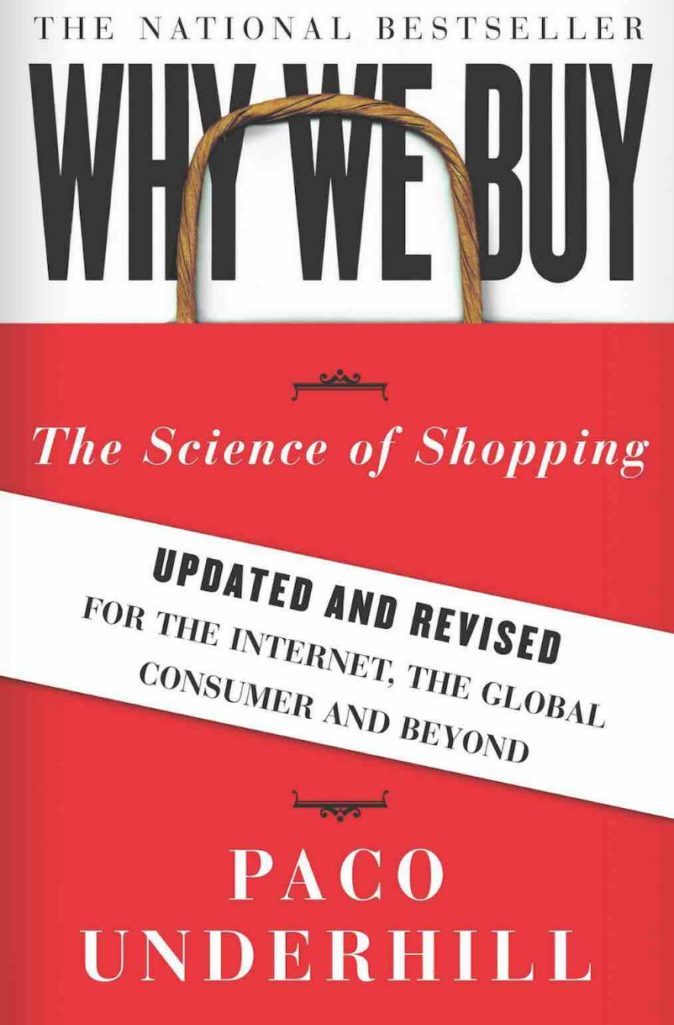 I recommend the book, Why We Buy, by Paco Underhill if you really want to test this concept. There are stories of expensive signs that were misplaced and rendered useless, windows that prevented rather than invited and displays that came to life with a move of just a few feet in the right direction. He’s built an entire consulting business around observation. It’s a science.
I recommend the book, Why We Buy, by Paco Underhill if you really want to test this concept. There are stories of expensive signs that were misplaced and rendered useless, windows that prevented rather than invited and displays that came to life with a move of just a few feet in the right direction. He’s built an entire consulting business around observation. It’s a science.
Archery Shop Advice: Before You Speak, Listen
Like observation, we can’t hear all things at once. Our brains are built to filter because not everything is important. However, when it comes to listening to customers, there is no better skill to have in improving your business. If you can learn to listen and respond to what was heard, you’ll have more satisfied customers. Listen carefully and there will be clues about:
- Why they came into the store NOW (not some other day or time)? What were they doing right before they came? Why not another day or time?
- What mood are they in? What emotions do they exhibit or emotional words do they use? Is this a place of refuge from something else or are they excited to be here for a certain purpose?
- Why are they HERE and not somewhere else?
- Have they done some investigation before coming?
- Are there any clues as to who or what influenced them to come; perhaps another person or an ad?
To be successful at active listening, you have to make sure you’re not preparing to respond before the customer has a chance to finish. You must resist the urge to be the expert, focus on finding the problem the customer is trying to solve and then solve it. Even someone coming in for a latest new bow probably has some problem they need to solve; like “I need to keep up my reputation of having the latest and greatest product.”
For the new customer, they may simply be coming in for a new experience. In this case, you might want to direct them first to a class, fun shoot or your rental program before trying to sell them a product. Give them what they need by listening for clues and then focus on what solves their problem first, not what sells them a product. Also, occasionally verify what you’re hearing by rephrasing so the customer knows you’ve heard them.
For instance, if you hear “I’ve never shot before and I heard this was a fun place” you might say “so you heard from some of our customers that this was a cool place but you’re new to shooting.” Then, follow it with a question to deepen your understanding of their needs like “Was there a specific bow they suggested you try or are you more interested in checking out a class?” That gives the customer room to tell you more about what they heard and gets you closer to figuring out the “problem” without assuming you already know. This helps you develop trust and deeper relationship with each customer. It’s the relationship and their experience with you that will keep them coming back.
Don’t forget about listening online either. Check out review sites. If you have a good review, let them know you’ve heard it and how you pride yourself in whatever behavior they appreciated. As for a bad review; make sure you ask for clarification where needed so you can’t get to the heart of the problem you were unable to solve for them. Maybe even ask if you can try again and give specifics about how you’ll do better next time.
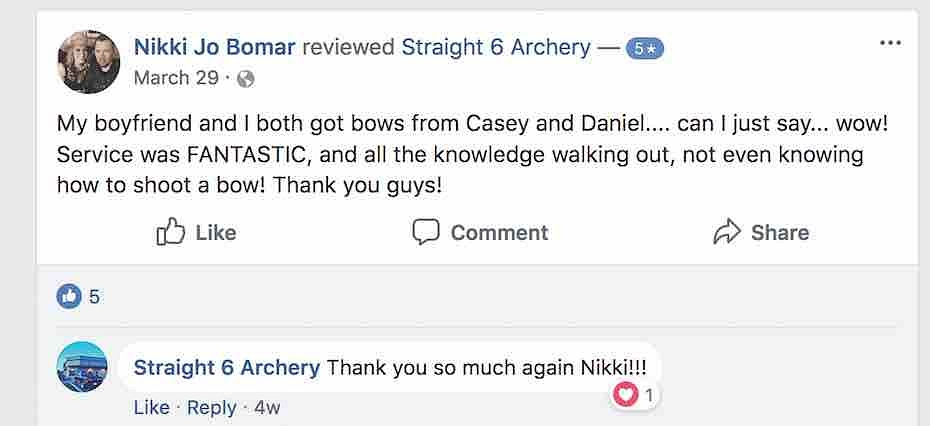
Listening isn’t just valuable for sales, it can improve company culture, which also contributes to sales. It’s one of the base communication skills and few people do it well. Those who do are probably very successful at whatever their doing because listening means you’re developing great relationships. This is a skill that needs constant refinement so if you’re going to do it well, you have to practice. Practice isn’t just for sports.
Parting Thoughts
Once you and your team have practiced these skills, make sure you’re sharing information about what you’re seeing and hearing. If you conduct regular staff meetings, add an agenda item to cover what was seen and heard during the week. Put up a board with sticky notes or a box with 3x5 cards and start collecting the observations and lessons learned from listening sessions. If you do this enough, you’ll start noticing patterns and use what you’ve learned for future merchandising improvements, staff training and marketing. It’s no different than deer hunting, right? We watch deer move. We listen intently for every crunching leaf. We’re focused, but we see or hear something new almost every time. Do the same with your customers.
Archery shop images by John Hafner
